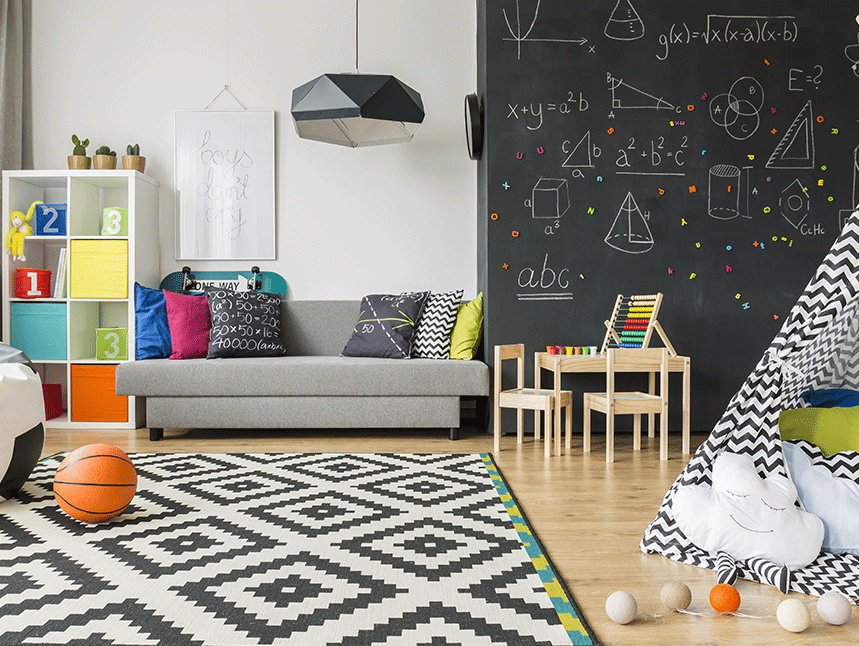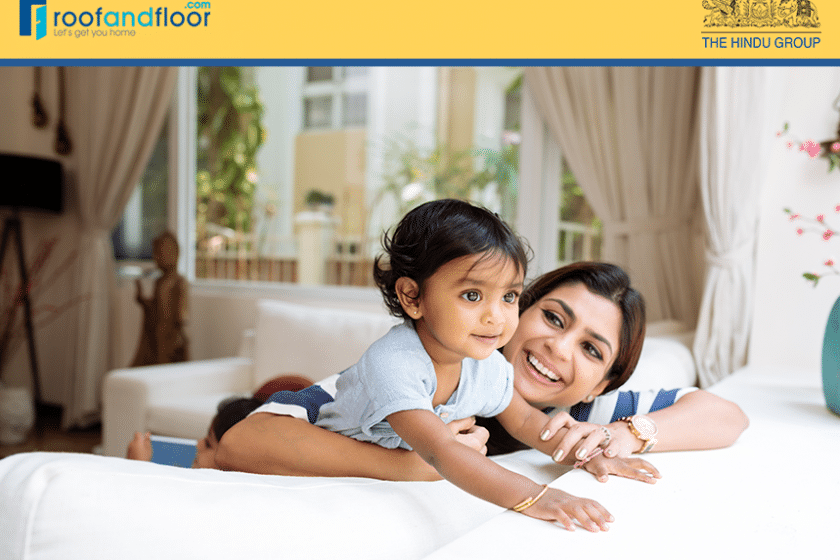Children today are precocious, influential and, most importantly, an important part of decision-making in households. While all of us meticulously follow the flow of design, decide the best mix of colours and endlessly contemplate the best usage of space when setting up our home, not all of us pay attention to how all these factors affect our children. Here, we give you some pointers on how to make your home kid-friendly in the best possible manner.
The Bedroom
This is where children spend the most amount of time when they are growing up, so it’s important that the bedroom is set up to accommodate play, study, and sleep activities in addition to cosmetic beauty. Putting themes in children’s bedrooms are fairly common now. But it’s also distracting, and it’s easy to lose yourself in fixing colours and accessories and lose sight of important items like the bed or a desk. Making sure that desks and chairs are at the right height for the child, providing ample space for study books and toys, and providing bright lighting are all equally important. It avoids clutter, adds comfort, and makes the child look forward to spending time in the room.

The Living Room
We keep the living room off limits for young children for fear of spoiling that freshly laundered white sheet or delicate carpet or those precious glass vases. But this need not be the case. All it takes is a few small adjustments and thought. Easily washable rugs, protective covers for sofas and armchairs that can frequently be changed, arranging breakable items above a certain height level, and buying furniture that has built-in storage and rounded corners for safety all help to keep the living room tidy, bright, and lively.

The Kitchen
This is usually perceived as a danger zone for children because of things like electrical appliances and gas hobs. Believe it or not, the kitchen can be an area of happy activity, kids and even toddlers included. Toddlers will be excited and will be very glad to do the simplest of tasks like handing you the ladle, pushing on or off buttons, and picking things off the floor and throwing it in the dustbin. Older children can help you set the table, roll dough balls, read out recipes, and act as your prompt, shell peas… the list is long! All of these create a harmonious atmosphere and, best of all, you get things done quicker and have fun while doing so.

The Dining Table/Room
The dining room or table is a place where the family can sit together for at least one meal a day and share experiences or spend time with each other. Many times, the dining area is more of a communal space than the living room. Keep a play corner filled with pencils, crayons, books and other items to hold children’s attention. Encourage children to use their hands and make art or craft items or provide a bunch of cushions where they can sit and play board games or puzzles. These intellectually stimulating activities will entice them away from deadening television programmes and will also encourage them to spend time with you.

Children are difficult to manage many times, but we can make it easier by including them rather than pushing them away. All we need to do is understand them a little more, know what they like and dislike, and have patience. Loads of it.



Thank you very much for all of your helpful recommendations. It’s really tough to get good information for my 7-year-old and 3-year-old. I’ll be able to share this information with the rest of the family now that I have it. Excellent recommendations! Thank you, and may God bless you!!